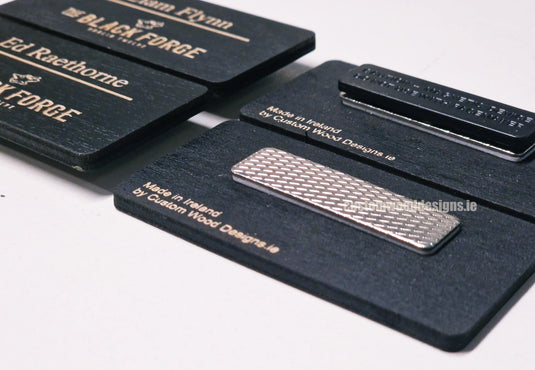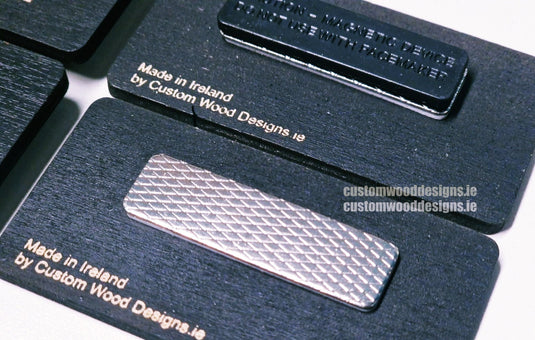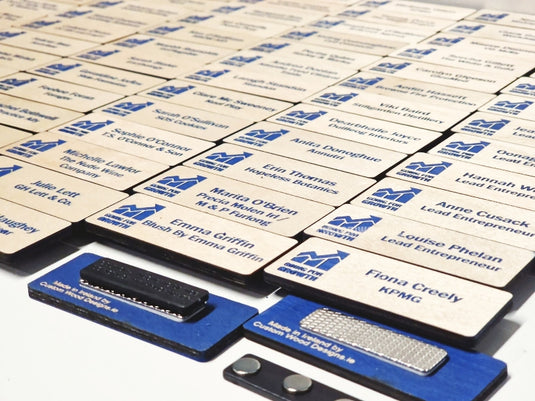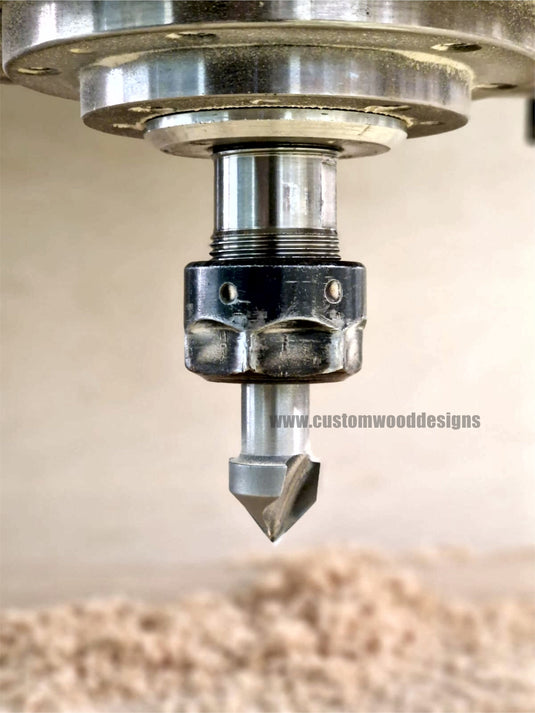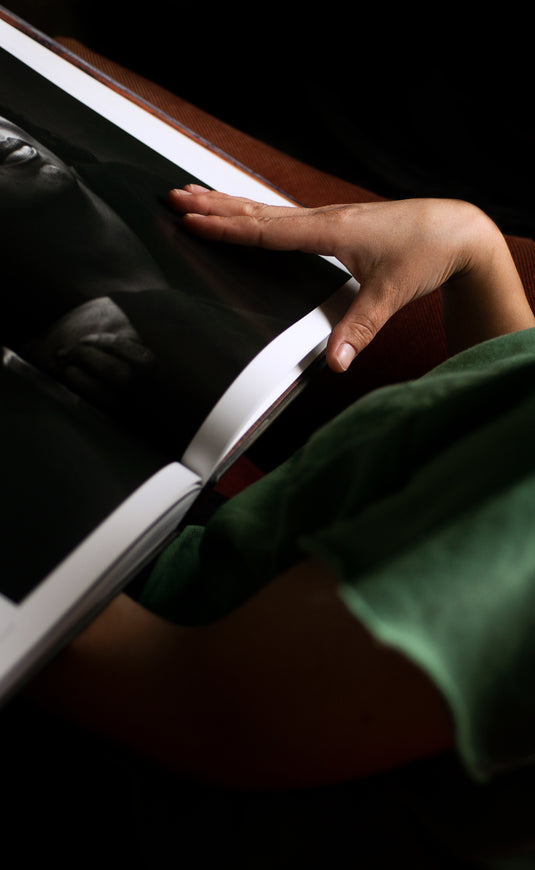In the world of physics, few phenomena are as intriguing and universally recognized as magnetism. Whether in a humble refrigerator magnet or a state-of-the-art MRI machine, the power of magnetic force permeates our daily lives. Yet, this extraordinary force has humble origins, tracing back to a Greek shepherd and his peculiarly attractive rock.
A Greek Shepherd’s Discovery
Around 4,000 years ago, a shepherd named Magnes roamed the region of Magnesia in northern Greece. According to legend, Magnes discovered magnetism quite accidentally when he found the nails of his shoes and the iron tip of his staff inexplicably attracted to a particular rock. The intrigued shepherd unearthed the rock, thus discovering the first recorded lodestone. The stone's name, magnetite, likely owes its etymology to either the shepherd Magnes or the region of Magnesia.
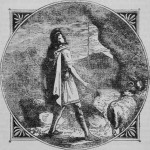
From Rome to Scandinavia: The Spread of Magnetic Knowledge
While Magnes made the first known discovery, our understanding of magnets truly began to flourish when Roman author and naturalist Pliny the Elder documented a hill made of a stone that attracted iron. Despite attributing its powers to magic, Pliny’s writings brought magnetite to the broader public's attention and sparked the interest of curious minds.
In Scandinavia, the Vikings had ample reason to explore magnetism, with large lodestone deposits available and long winter nights hindering navigation. By 1,000 B.C., they were purportedly using a compass-like tool made of lodestone and iron. This primitive yet effective navigation device used a magnetized iron needle, floated in a bowl of water, to indicate north and south.
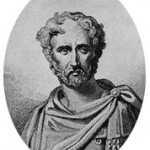
The Dawn of the Compass in China
Meanwhile, in China, explorers may have developed a mariner's compass even earlier than the Vikings, using a similar construction. Navigating with a piece of lodestone floated on water, the Chinese had mastered magnetic navigation by 800 A.D. When Marco Polo brought the magnetic compass back to Italy, he enabled Europeans to explore the oceans that the Vikings had already been traversing for centuries.
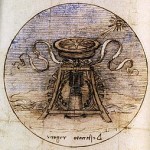
Scientific Exploration in France and England
Moving ahead to the 1200s, French scholar Petrus Peregrinus provided one of the first written accounts of the scientific properties of magnets, including a pivotal discussion of the freely pivoting compass needle. In England, physician William Gilbert would later discover, in 1600, that Earth itself was a magnet and that magnets could be made from heated iron.
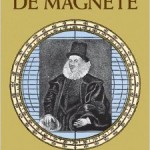
Modern Use of Magnets
As we progress through the 21st century, magnets continue to be a subject of fascination and practical application. In various forms, magnets aid in everyday activities, from the hard drives storing this blog post to the fridge magnets holding your grocery list. While the old shepherd Magnes might not have imagined the full extent of his discovery's impact, we owe much of our modern convenience and scientific advancement to his remarkable find.
As the tale of magnets unfolds, so does their application. In the realm of personalized items and corporate branding, magnetic badges have become a popular alternative to traditional pin badges. Comfortable, easy to use, and gentle on clothing, these badges are a testament to the versatility and enduring appeal of magnetism. Who knows where the magnetic future will lead us next?
The journey of magnetism, from Magnes' intriguing discovery to today's modern uses, is as fascinating as it is far-reaching. As we continue to harness the power of magnets in new and innovative ways, it is clear that the pull of magnetism is a force that will continue to shape our world, in ways seen and unseen, for millennia to come.






